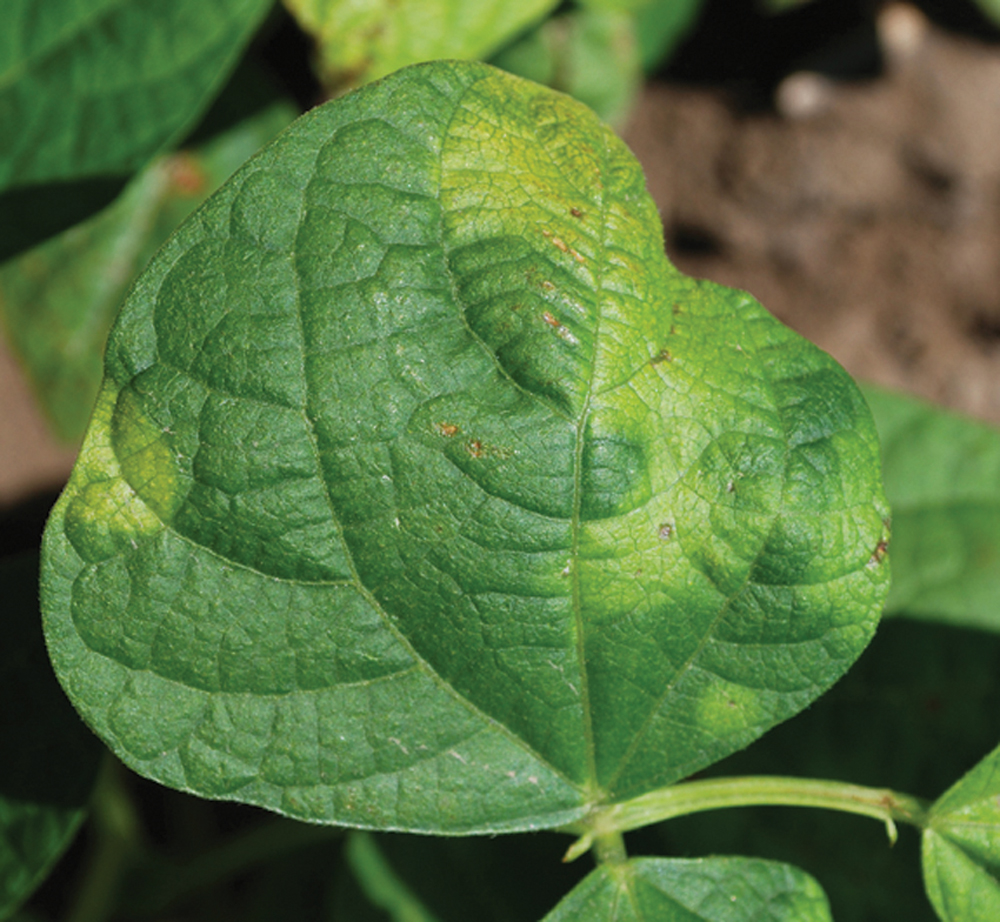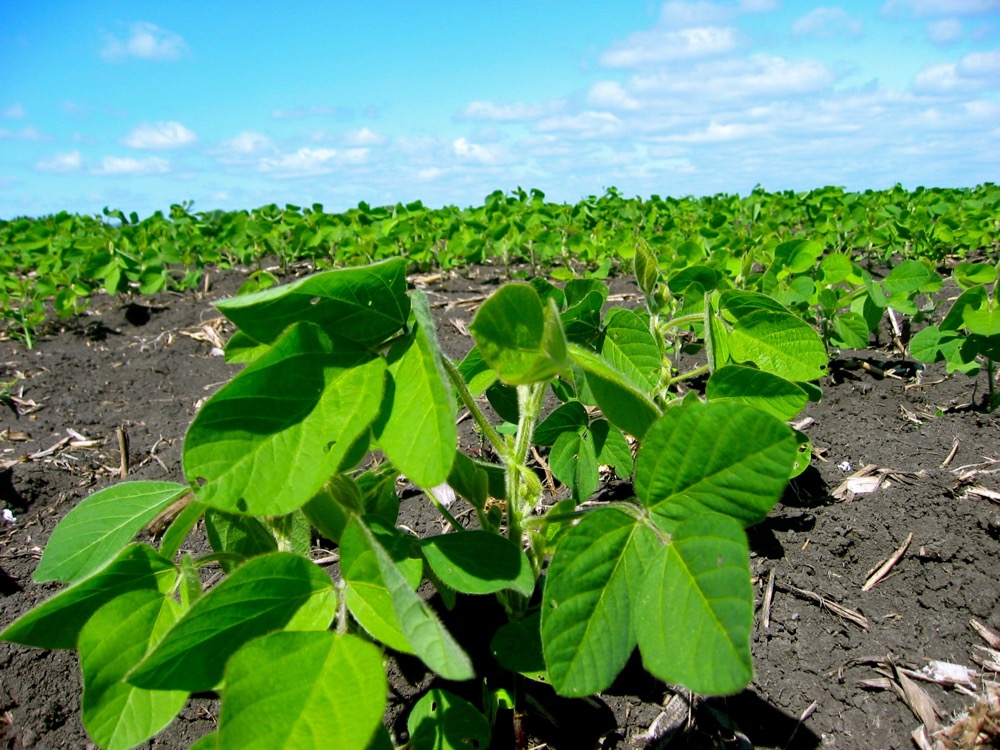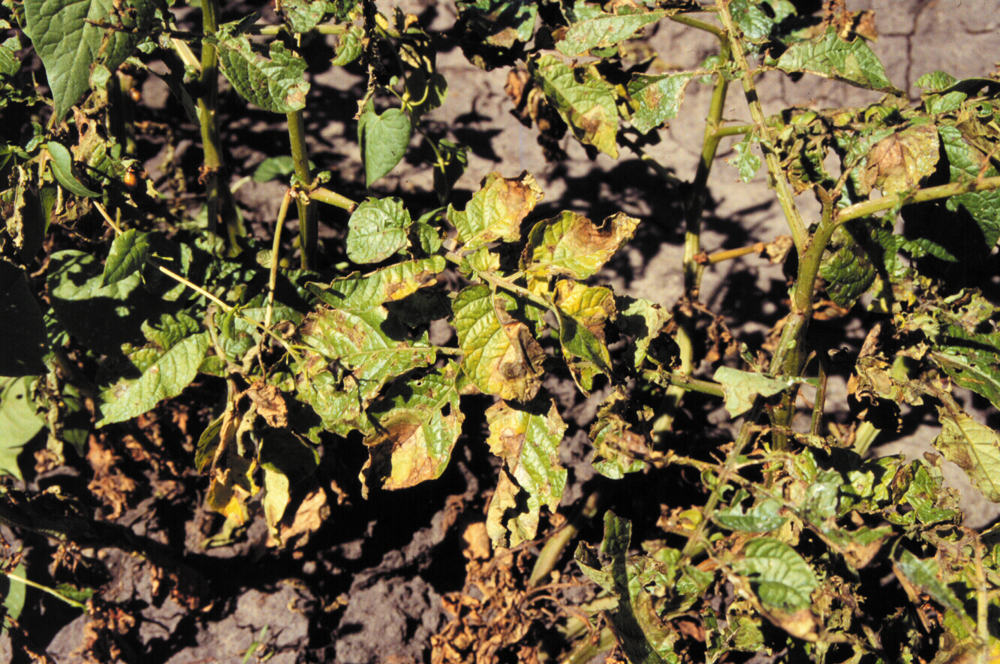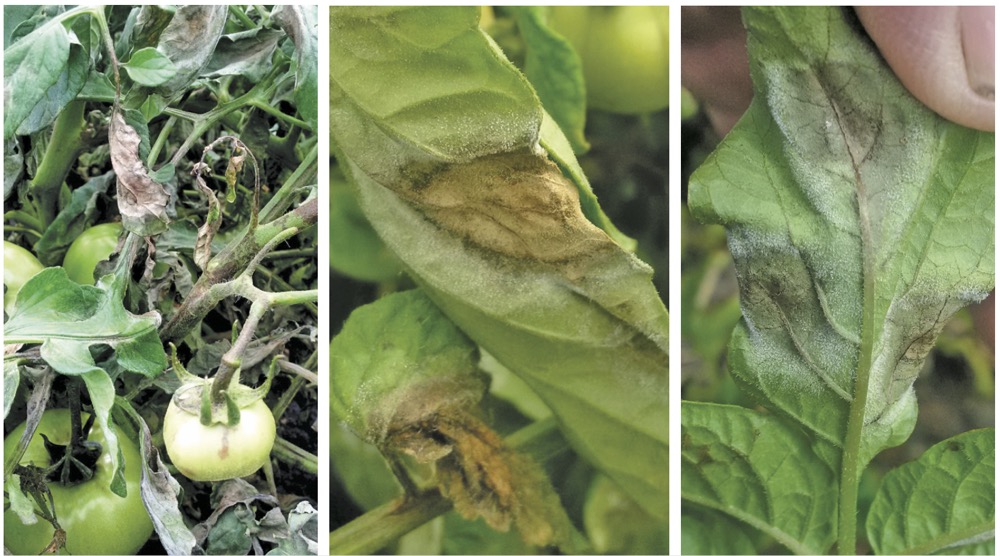For nearly three decades Health Canada has been threatening to end the importation of streptomycin sulphate-coated bean seeds. Now it is one step closer — sort of.
“Health Canada’s Pest Management Regulatory Agency (PMRA) has not banned the import of streptomycin-treated bean seeds,” the federal department said in an emailed statement. “It should be noted, however, that streptomycin sulphate is not currently registered in Canada for use as a coating on bean seeds and importation of streptomycin-treated dry bean seeds from the U.S. for planting in Canada has only been permitted on a limited basis.”
Read Also

CUSMA access key among other trade noise: Seeds Canada panel
Seeds Canada conference panelists say Canada needs to stay focused and wait as U.S. trade and tariff chaos develops, and a Canada-U.S.-Mexico Agreement review looms
The antibiotic seed coating has not been registered in Canada since 1988 and the PMRA originally told producers that 1998 would be the last year they could import treated seeds from the United States. But after industry lobbying efforts, that deadline was deferred — again and again — while researchers strove to find alternative treatments and develop bean varieties resistant to common blight and halo blight.
Health Canada has stated that growers may import and use streptomycin-treated bean seeds for their 2017 crop, however, any requests to import or use streptomycin-treated bean seeds for the 2018 growing season will be dependent upon applications to register both the streptomycin active ingredient and an end-use product for treating bean seeds.
“We knew this day was coming,” said Bob Conner, a research scientist at the Agriculture and Agri-Food Canada Research Development Centre in Morden. “I think (the PMRA) had postponed the removal of streptomycin sulphate as a seed treatment for a number of years… they gave us enough time that we could start to release resistant varieties, because in the long run, resistance is probably going to be the best option for controlling that problem.”
Resistant varieties elusive
But developing varieties resistant to common blight and halo blight has proved challenging, and Health Canada has indicated that preventing antibiotic resistance is a key motivator in changing regulations around the use of streptomycin sulphate.
“PMRA has recently learned that the research effort has not achieved the intended results,” Eric Morrissette, chief of media relations for the Public Health Agency of Canada, said in an email.
“Furthermore, in order to support the Government of Canada and WHO effort to reduce the potential for development of antimicrobial resistance, it is important that all uses of streptomycin in Canada be properly monitored. As a result, PMRA notified Pulse Canada in July 2016 that applications to register streptomycin for treating bean seeds will be required by June 2017,” said Morrissette. “The PMRA has advised Pulse Canada to work with manufacturers to encourage them to submit applications for registration.”
Needed for humans
Streptomycin is an antibiotic of the first class, which the World Health Organization recently labelled as “essential” for human medicine. It is used to treat tuberculosis and the bubonic plague, the latter of which is estimated to have killed 50 million people during the 14th century and still infects people to this day — cases of the plague caused by the Yersinia Pestis bacteria were documented in Bolivia, Peru, Uganda, China, Tanzania and Russia in 2014. That same year 9.6 million people were diagnosed with tuberculosis and 1.5 million people died from that disease worldwide.
Francois Labelle, executive director of the Manitoba Pulse and Soybean Growers association, said that pulse producers would like to have as many tools in their tool box as possible when it comes to fighting and preventing disease, but he added that resistant varieties would be preferred.
“Developing new varieties takes such a long time that with some of these varieties, you know, it’s hard to say if they’re moving to them or not,” Labelle said, following a field day in Morden this summer. “There’s not been a lot of move to these new varieties yet, but hopefully there will be more and hopefully they’ll be as competitive as the other crops or the ones that are growing today.”
While Pulse Canada declined to provide an interview regarding the issue, it was clear the organization does not view the matter as resolved.
“There are a number of details on this issue that are still being finalized,” said a spokesperson for the organization. “We are not able to comment on it at this time.”
According to Pulse Canada statistics provided by Health Canada, approximately 98 per cent dry bean seeds imported into Alberta are treated with streptomycin prior to importation. In Saskatchewan, 67 per cent of imported dry bean seeds are treated, compared to only five per cent in Ontario.
Numbers were not made available for Manitoba imports, but Labelle said the percentage would be fairly low.
Copper-based products can be used to control blight, but are expensive and usually require more than one application. Even so, the use of imported streptomycin seed was never meant to be a permanent solution, Morrissette said.
“The use of streptomycin imported seed was meant to facilitate transition to other pest control measures,” he added.



















